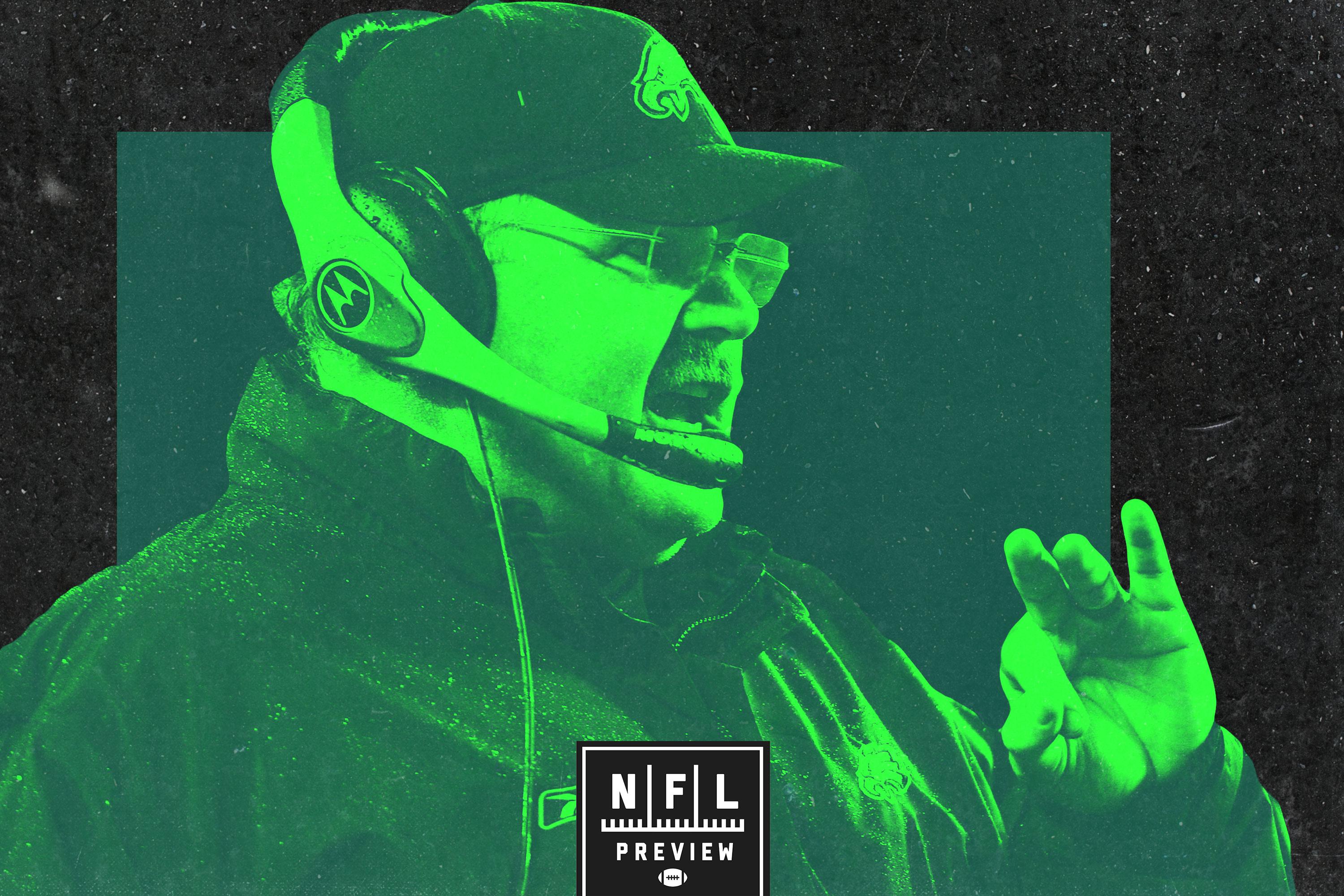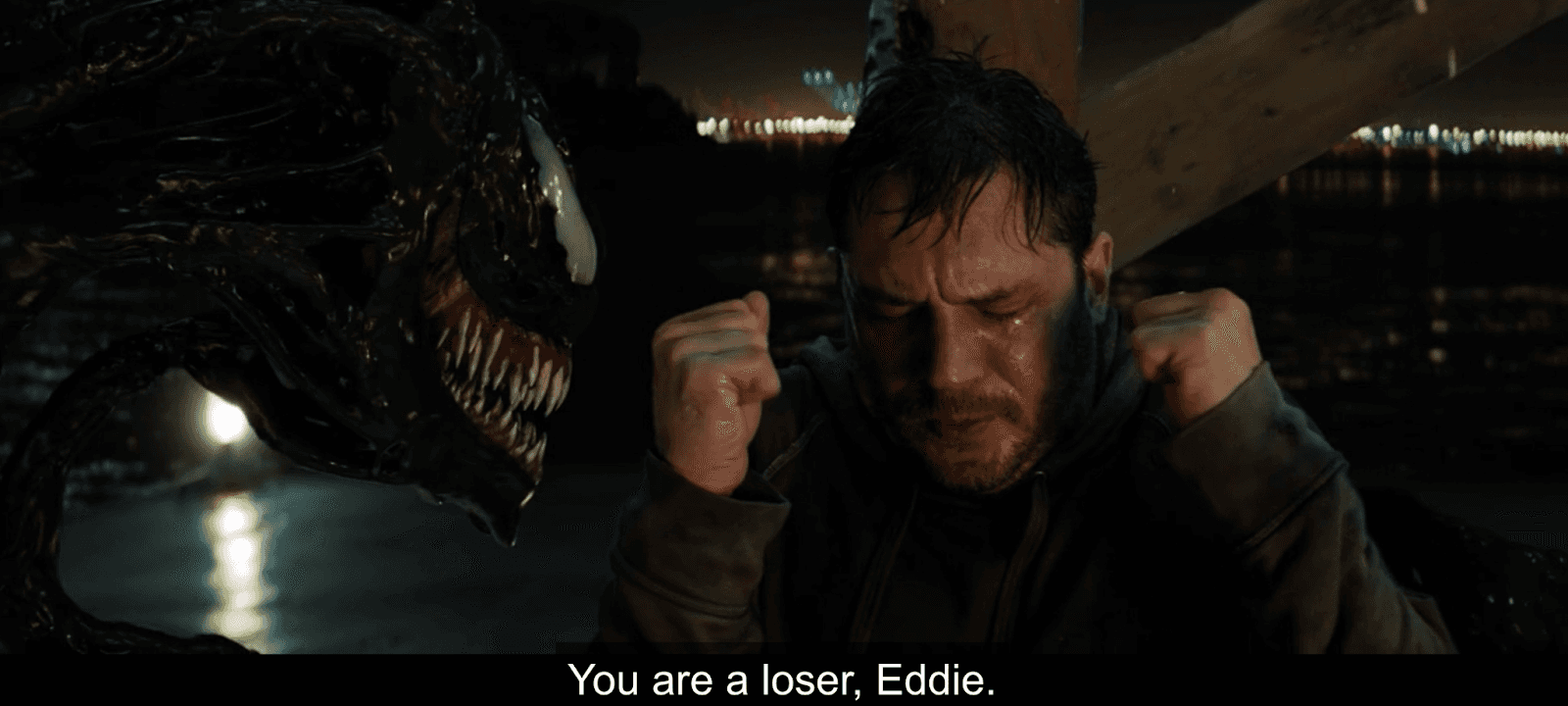
Don’t tell our boss, but the Philadelphia Eagles aren’t too far away from becoming the modern NFL’s model franchise. From the unbelievable rise of Doug Pederson to the incredible comeback of Nick Foles, we’re spending today celebrating the defending Super Bowl champs.
At the end of the 2012 season, the Eagles fired the most successful coach in their franchise’s history. Andy Reid owned the highest winning percentage and had won twice as many playoff games as every other Eagles coach in the Super Bowl era combined. Still, Reid had failed to win a Super Bowl in 14 seasons, and it wasn’t that the Eagles kept losing in the playoffs so much as how they kept losing in the playoffs. Shoddy clock management, inane challenge flags, and late-game aloofness didn’t inspire fans to question Reid’s thinking—they questioned whether he was thinking at all. So after 14 seasons, five NFC championship games, and zero Lombardi Trophies, the Eagles pulled the plug.
“Sometimes change is good,” Reid said in his introductory press conference as the Chiefs head coach a week later.
Change has obviously been good for the Eagles, who captured their first Super Bowl in franchise history in February. It’s been more complicated for Reid. Since leaving Philadelphia, he has terraformed a moribund franchise into a contender, seen his coaching tree blossom, and created a play-calling subgenre that will leave a conceptual imprint on the game long after he retires. He’s also, somehow, gotten even worse in the playoffs. In Kansas City, Reid changed just about everything he had done for his entire head-coaching career except losing playoff games. How do we measure a coach who can do everything except the only thing that matters?
In Philadelphia, Reid was known for his aggressive, borderline-egregious, pass-first West Coast style. In Kansas City, he was immediately the exact opposite: He took over a 2-14 team from Romeo Crennel in 2013 that was stronger on defense than offense, so Reid developed a plan to bleed opposing teams out. The Chiefs valued ball security and field position above all else, relying on a stout defense and a strong rushing attack to win ugly games.
That first season, the Chiefs executed Reid’s vision near perfectly. In Crennel’s final season with the Chiefs in 2012, the team turned the ball over 37 times, tied for most in the league. In Reid’s first season, he cut that figure by more than half to 18, tied for second fewest in the league. Even more impressive was the defense, which went from tied for last with 13 takeaways under Crennel in 2012 to nearly tripling that figure to 36 under Reid in 2013, the second-highest figure in football. The Chiefs also dominated field position in Reid’s first season. Kansas City’s average drive began at the 33-yard line, going from the 23rd best mark in the NFL to first by nearly 2 full yards. The team leader in receptions, receiving yards, and receiving touchdowns was running back Jamaal Charles.
The production translated into wins. A year after winning just two games, the Chiefs were the lone team to start 8-0—beating the Eagles in Week 3—and made the playoffs at 11-5. The nine-game improvement is tied for the second biggest turnaround in NFL history.
Under Reid, the Chiefs have displayed remarkable consistency, going 53-27, tied with the Steelers for the third-best record in that span behind the Patriots and Seahawks. Their defense gave up the second-fewest points in football in 2014 and third fewest in 2015. In a league where coaches endlessly preach the importance of turnovers, the Chiefs ranked second, first, and second in turnover differential the last three seasons and have made the playoffs in four of the last five years.
The issues begin when the regular season ends. Playing at Lucas Oil Stadium against the Indianapolis Colts in the wild-card round of the 2013 playoffs, the Chiefs dominated the Colts and led 38-10 shortly into the third quarter. But a slew of Chiefs injuries, an ineffective Kansas City run game, and a lot of, uh, random chance in favor Andrew Luck kept the Colts in the game:
The Colts kept striking pay dirt, and 536 yards of offense later, Indy won 45-44. The Chiefs blew an even bigger lead than the Falcons did against the Patriots in Super Bowl LI, and they did it in regulation. The second-biggest one-year turnaround in NFL history was marred by the second-biggest collapse in NFL history, a distillation of Reid’s career.
“Sometimes the game speaks for itself,” Reid said at the time. “You don’t have to say much.”
Kansas City went 9-7 and missed the playoffs in 2014. In 2015, Reid’s Chiefs started 1-5 but finished the regular season 10-0 to once again score a wild-card berth. This time they won in the first round of the playoffs before heading to New England, where the Chiefs found themselves down 14 points with 6:29 left. The offense converted a fourth-and-8, but took its time meandering its way toward the end zone and demonstrated an absolutely dumbfounding lack of situational awareness, exemplified by Albert Wilson staying in bounds on this play rather than going out to stop the clock.
Down two scores with all three timeouts, the Chiefs got to the New England 1-yard line with 2:50 left. Three plays later, the Chiefs were at the New England 3-yard line with 1:27 left. That malpractice would sound impossible if it hadn’t become so routine for Reid.
The following year, when the Chiefs hosted the Steelers in the divisional round, Kansas City found itself down 18-10 with the ball on its own 25 with 9:49 to go. Like in the Patriots game, the Chiefs converted a fourth-and-8 and scored a touchdown, but the drive took more than seven minutes and the team didn’t go no-huddle. Down 18-16, The Chiefs’ two-point conversion was successful but called back because of a holding penalty. They came up empty on their second attempt to tie the game and the Steelers never gave the ball back.
In 2017, the Chiefs’ playoff fortune was once again either hilarious or heartbreaking, depending on your point of view. Kansas City dominated the Titans in last season’s wild-card round and went into halftime up 21-3. Once again, the Chiefs collapsed in epic fashion with some ridiculous luck to the opposing quarterback, questionable decisions (and mistakes) from the refs, and an offense that stalled in the second half.
In the same year one of his disciples won the Lombardi Trophy with his former team, Reid authored yet another playoff collapse—and another dimension to how we’ll remember him. Reid, who had transformed the Chiefs in 2013, once again went back to the drawing board, but this time he helped change the entire league. He married spread college football concepts with a traditional West Coast offense to create a spread-coast offense, and in the process ushered in a mini-revolution. Just as the Chiefs defense was taking a step back, Reid banked on the athleticism of Tyreek Hill, Kareem Hunt, and Travis Kelce to propel the team forward. It worked. The Chiefs stretched teams horizontally and vertically, turning Alex Smith from a checkdown artist into the most efficient deep passer in football. After ranking in the 20s for yards gained each of Reid’s first four seasons in Kansas City, the Chiefs finished last year fifth.
The proof of Reid’s influence wasn’t only in the Chiefs’ success but in the teams around the league who “borrowed” Kansas City’s plays the rest of the season. College concepts have been trickling into the NFL for a decade, but Reid opened the floodgates in 2017, and his conceptual innovations will reverberate around the league even after he retires.
Reid left Philly with a reputation as a choker despite a 10-9 playoff record. In Kansas City, his postseason record is 1-4. Two of those losses are among the worst collapses in NFL history. At this point, Reid’s volume of playoff buffoonery is so rich that he may be the only coach who could win a Super Bowl and still be known as a choker in the playoffs.
Meanwhile, back in Philly, the Super Bowl LII victory proves that Reid won’t be missed, although that wasn’t obvious for quite some time. The organization required a deep clean after three seasons of Chip Kelly, who replaced Reid to much fanfare but quickly soured on everyone. After his ouster, it would have been fair to ask whether the Eagles made a mistake not riding with Reid through a tough stretch. Perhaps members of the organization were thinking the same thing given that they turned to a Reid disciple to clean up the Kelly mess.
Doug Pederson first played in Philadelphia in 1999 under Reid, who started him over then-rookie Donovan McNabb (fans tried to pelt Pederson with beer and batteries). Ten years later, Reid hired Pederson away from a Louisiana high school to work as Philadelphia’s offensive quality-control coach—the coaching version of an internship. After a promotion to quarterbacks coach, Reid hired Pederson to be the offensive coordinator in Kansas City, where, according to The Athletic, Pederson heard the term “RPO” for the first time. Pederson’s ascension to a Super Bowl in his second season is an endorsement of Reid’s coaching tree, which also includes Ravens coach John Harbaugh … but it also highlights Reid’s playoff impotence.
While the Eagles found their way to glory with a Reid disciple, Reid’s legacy has become paradoxical. In a Venn diagram where one side is the pantheon of coaches who influenced modern offense and the other are the coaches with the most laughable, so-funny-it-hurts playoff careers in NFL history, Reid is the lone man in the middle. He’s ahead of his time. Maybe that’s why he can’t manage the clock.


